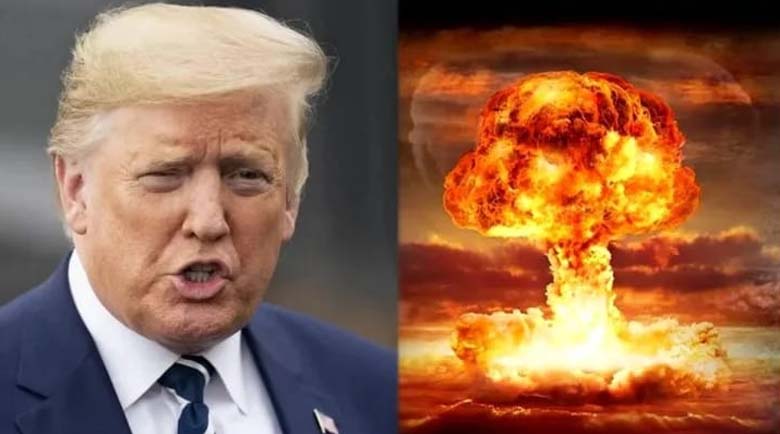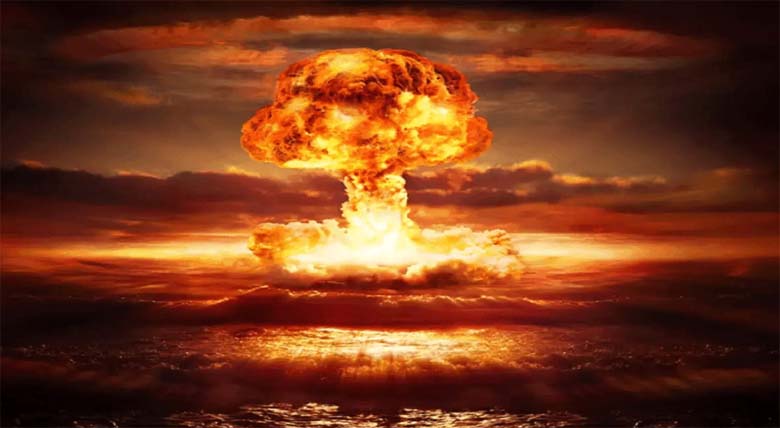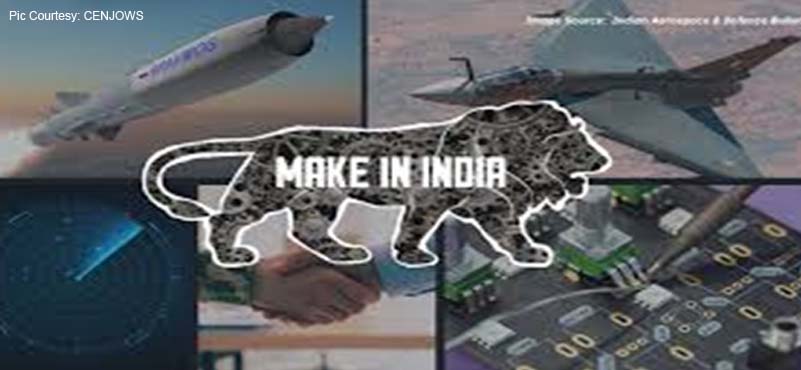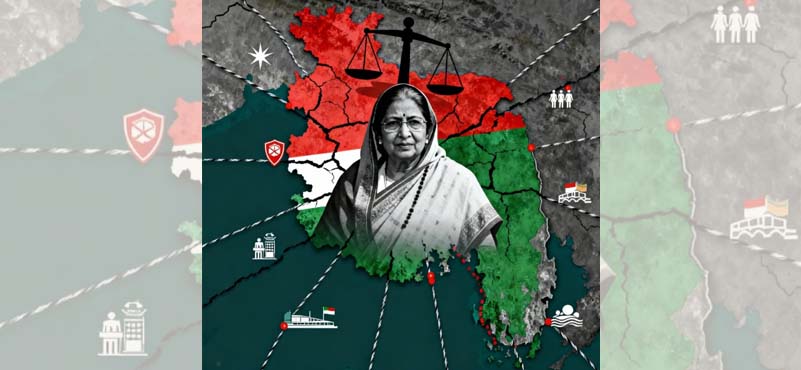A Legacy of Restraint
India’s nuclear journey has never been about noise. It has been about purpose. In 1974, it conducted its first test, codenamed Smiling Buddha. That explosion signalled more than capability; it was a declaration of strategic autonomy in a world divided by nuclear monopolies. In 1998, the Pokhran II series followed, this time claiming the successful detonation of fusion bombs through a series of five tests. The tests achieved the main objective of giving the capability to build fission bombs with yields up to 200 kilotons. The message then was clear; India would decide its own strategic limits.
After those explosions, India declared a voluntary halt on further testing and set the tone for responsible nuclear conduct. The country declared a voluntary moratorium on further explosive testing and adopted a doctrine of credible minimum deterrence combined with “no first use”. That restraint built India’s image as a responsible nuclear power, distinct from proliferators in its neighbourhood. It also allowed economic engagement and global legitimacy while maintaining a credible minimum deterrent. For over two decades, this careful balance between power and prudence has shaped India’s strategic doctrine.

The Trump Effect and Nuclear Uncertainty
Recent months have disrupted that balance. Former U.S. President Donald Trump publicly claimed that Pakistan has been conducting underground nuclear tests. He went on to assert that the United States will end its moratorium and resume its own testing programme. If Washington moves in that direction, it will unravel a restraint regime that has held for decades.
If the United States restarts testing, other powers will not stay idle. Russia and China are already suspected of sub-critical and hydrodynamic experiments. One theory also says Pakistan tested its sub-critical tests on 10 May at the tunnels of Changi or in Kirana hills.
For India, this is not a theoretical issue. The moratorium announced in 1998 was based on the assumption that the global system would avoid further tests. If that assumption collapses, the foundation of India’s restraint also needs a revisit. Once the major powers return to the testing field, the strategic cost of staying silent will start to rise.

The Question of Capability and Credibility
The thermonuclear device tested in 1998 remains the subject of technical debate. Others argue the yield was below design expectations. That debate has never been conclusively settled because India did not follow up with another test.
Over the years, India’s missile and submarine programmes have matured rapidly. The Agni-V, the Arihant class and the K-series missiles have expanded the deterrence spectrum. Yet, without a verified thermonuclear yield, a degree of uncertainty remains. Deterrence depends on belief. If adversaries think India’s weapons are less powerful than claimed, the psychological balance begins to shift.
That is the crux of the current debate. With Pakistan accused of covert testing and China pushing ahead with advanced warheads, India’s voluntary silence may start to look like a strategic disadvantage.

The Strategic Cost of Breaking Silence
Testing a hydrogen bomb now would come at a steep price. India’s partnerships with the United States, France and Japan are built on the trust that it will reopen the nuclear debate. A live test would trigger global pressure and could slow technology collaboration in energy, space and defence. It would also give China and Pakistan a ready excuse to conduct their own tests.
The economic impact on Viksit Bharat impetus cannot be ignored either. In an era where tariff sanctions are already casting dark clouds, India can ill afford another disruption. The global scenario of 1998 and 2025 is totally different, and so is India’s global standing.
The Regional Fallout
A new Indian test would instantly change the South Asian security map. Pakistan would likely answer with its own detonation, claiming the need for parity. Beijing could use the moment to validate its new-generation warheads and justify increased deployment. What would follow is an accelerated nuclear arms competition in Asia, something India has consistently tried to avoid.
It would also affect conventional military planning. More testing also increases the danger of misperception and miscalculation. India has the capability and strategic autonomy to deter and defeat regional nuclear threats, and thus must balance its cost-benefit options for testing a hydrogen bomb.
The Technical Argument for Testing
Despite these risks, some within the Indian scientific and strategic community argue that another test is overdue. Their reasoning is straightforward. They say that no simulation, however advanced, can fully replicate the data a real test provides. For them, a single unverified thermonuclear device cannot remain the cornerstone of deterrence for another generation.
The counterview is equally pragmatic. Technology has evolved. Advanced computer modelling, sub-critical experiments and hydrodynamic testing now allow verification without breaking international norms. For a country that seeks great power status, the ability to maintain deterrence without destabilising the environment is itself a measure of maturity.
Building Credibility Without a Blast
India can strengthen its deterrent posture through other routes. Sub-critical testing facilities, simulation labs and material science upgrades can ensure the reliability of existing designs. Strengthening the nuclear command and control network, refining delivery accuracy and improving the survivability of assets would send a clearer message than a fresh explosion.
India must also regain control of the narrative. Clear communication backed by firm military preparedness can sustain deterrence even without new tests. Strategic ambiguity works only when supported by consistent signalling. Regular military exercises, open doctrine reviews and quiet but firm diplomatic messaging can achieve what explosions once did.
Parallelly, India should lead calls for a renewed global conversation on nuclear restraint. By positioning itself as a bridge between established powers and the Global South, India can argue for responsible modernisation instead of open testing. That would protect its moral high ground while keeping its options open if the global norm collapses entirely.
Simultaneously, India must work to keep its major partners aligned. The United States, France, Russia and Japan need to understand that India’s restraint is voluntary, not forced. Quiet consultations and backchannel briefings can prevent misunderstanding if the global nuclear climate changes rapidly.
The Way Forward
For now, restraint still serves India better than reaction. The global nuclear order may be weakening, but not yet collapsing. A premature test would hand adversaries the narrative of aggression and risk economic damage far exceeding strategic gains. India should continue to modernise its arsenal, triad delivery capability and anti-ballistic missile defence, validate its systems through non-explosive methods and maintain credible deterrence through readiness and communication. The objective is to ensure that adversaries never miscalculate India’s will or capability, even in the absence of a new test.
India’s position in the international system today depends as much on responsibility as on power. That balance should not be disturbed lightly. A single test might restore technical confidence but could also open a long cycle of instability that serves no national interest.
Conclusion
India’s nuclear doctrine was built on self-confidence, not imitation. The world around it may be drifting back toward nuclear adventurism, but New Delhi does not need to follow that path. Strategic patience has worked for a quarter century. It still does.
If the restraint of others collapses, India must be ready with blueprints, technology and options. Until that day arrives, quiet strength will serve better than loud statements. A hydrogen bomb can prove powerful for a moment. Restraint proves it for generations.
ABOUT THE AUTHOR
 Lieutenant General A B Shivane, is the former Strike Corps Commander and Director General of Mechanised Forces. As a scholar warrior, he has authored over 200 publications on national security and matters defence, besides four books and is an internationally renowned keynote speaker. The General was a Consultant to the Ministry of Defence (Ordnance Factory Board) post-superannuation. He was the Distinguished Fellow and held COAS Chair of Excellence at the Centre for Land Warfare Studies 2021 2022. He is also the Senior Advisor Board Member to several organisations and Think Tanks.
Lieutenant General A B Shivane, is the former Strike Corps Commander and Director General of Mechanised Forces. As a scholar warrior, he has authored over 200 publications on national security and matters defence, besides four books and is an internationally renowned keynote speaker. The General was a Consultant to the Ministry of Defence (Ordnance Factory Board) post-superannuation. He was the Distinguished Fellow and held COAS Chair of Excellence at the Centre for Land Warfare Studies 2021 2022. He is also the Senior Advisor Board Member to several organisations and Think Tanks.








